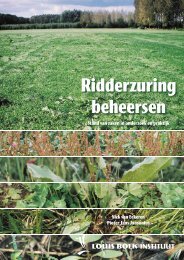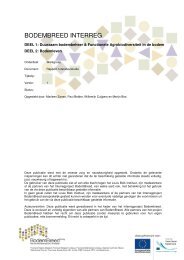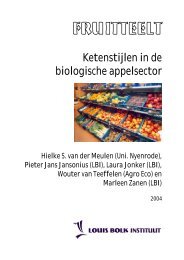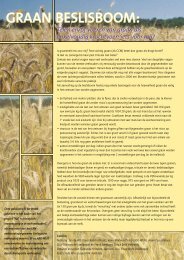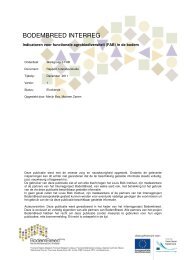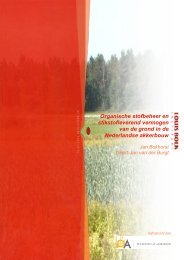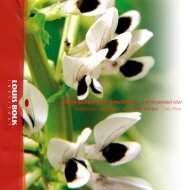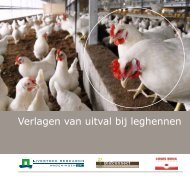Respiratory System Disorders and Therapy From a New - Louis Bolk ...
Respiratory System Disorders and Therapy From a New - Louis Bolk ...
Respiratory System Disorders and Therapy From a New - Louis Bolk ...
You also want an ePaper? Increase the reach of your titles
YUMPU automatically turns print PDFs into web optimized ePapers that Google loves.
1. Introduction<br />
This Companion for the Practice of Medicine studies asthmatic disease <strong>and</strong> pneumonia<br />
as representative examples of airway disorders using the Goethean phenomenological<br />
method (Bartoft, 1986). This method is described in the Preface.<br />
In Chapter 2, we will first describe some of our own patients with asthma <strong>and</strong> pneumonia<br />
to be able to study the signs <strong>and</strong> symptoms of these diseases. What do these diseases<br />
have in common <strong>and</strong> where do they differ? We will place our findings alongside of the<br />
pathophysiology of asthma <strong>and</strong> pneumonia to learn how these diseases divert from a<br />
normal healing process. Chapter 3 places the features of asthma <strong>and</strong> pneumonia in context.<br />
When we look at their symptoms in the respiratory tract, we find that these diseases have<br />
characteristics that are similar to physiological processes elsewhere in the organism. This<br />
makes it possible to give meaning to the characteristic qualities of these diseases <strong>and</strong> it<br />
will allow us to develop a dynamic concept of disease in the respiratory tract. Asthma <strong>and</strong><br />
pneumonia appear to have polar opposite dynamics from this point of view.<br />
In the series BOLK’S Companions for the Practice of Medicine we discussed anatomy, physiology,<br />
biochemistry, pharmacology, immunology, <strong>and</strong> embryology from this viewpoint.<br />
Specifically, what can be learned from the Companions on Anatomy (Bie 2002),<br />
Physiology (Tellingen 2008), <strong>and</strong> Immunology (Bie 2006) is used in this Companion for<br />
the Practice of Medicine. The first Practice Companion: The Healing Process is also an<br />
important reference (Bie et al 2008).<br />
In Chapter 4, we look at other inflammatory airway diseases comparing them to<br />
characteristic features of asthma <strong>and</strong> pneumonia. We will demonstrate that a dynamic<br />
perception of physiology <strong>and</strong> disease can uncover the relation between these diseases<br />
that, at first sight, may not seem to be connected. It leads to the insight that disease is a<br />
deviation from normal physiological processes in one or more of three ways: in intensity,<br />
in place, or in time. This is elaborated upon in Chapter 5. Chapter 6 presents a fresh<br />
look at the therapy for airway disease in light of what we have found. We will discuss




